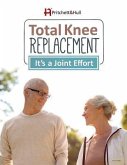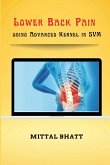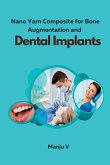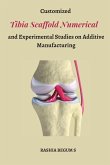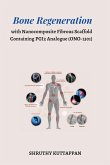Introduction: The increasing global prevalence of Knee OA suggests a strong need to control various risk factors of its occurrence as well as progression. The present study is an attempt to assess the effect of vitamin D and Virgin Coconut Oil (VCNO) in Knee osteoarthritis (KOA). Methods: After obtaining the ethical clearance, the study was conducted in two phases. In Phase I, 300 KOA patients were screened for vitamin D status and 270 patients with low serum vitamin D level were selected purposively from K.J. Somaiya Medical College Hospital and Research Centre, Mumbai. They were assessed for stage of KOA, clinical signs and symptoms, anthropometric measures (BMI, WHR) and body composition (Total body fat, BMD, LBM using BIA), bone turnover (serum vitamin D, calcium and phosphorus), inflammatory markers (CRP, ESR), pain and functional abilities (VAS, WOMAC and 6-MWT); dietary energy and nutrient intake, and dietary patterns using standard techniques. Based on the results, suitable diet and exercise guidelines were suggested. For Phase 2 of the study, 100 early KOA participants from phase 1were selected purposively and divided into 2 groups (E1 and E2). A 12 week intervention was carried out during which E1 received Vitamin D3 (n=50) and E2- Vitamin D3 and VCNO (n=50) supplementation. Postintervention all the parameters were reassessed along with sCOMP in a sub sample (n=80). Data was analyzed using SPSS 16.0.


